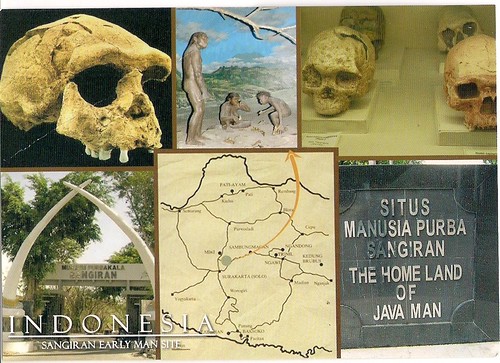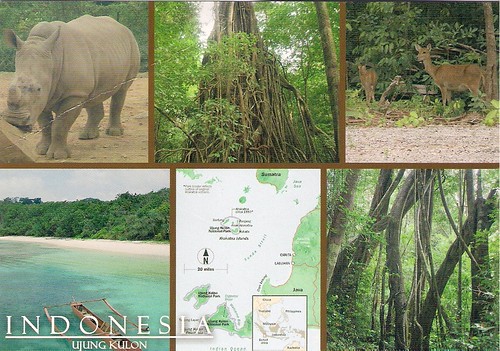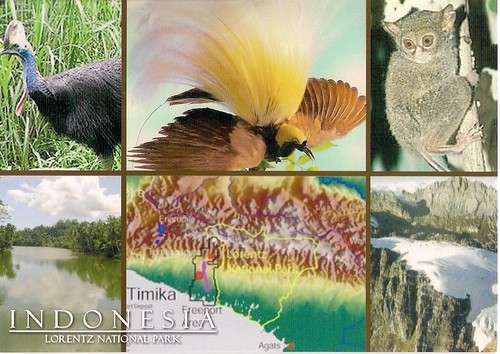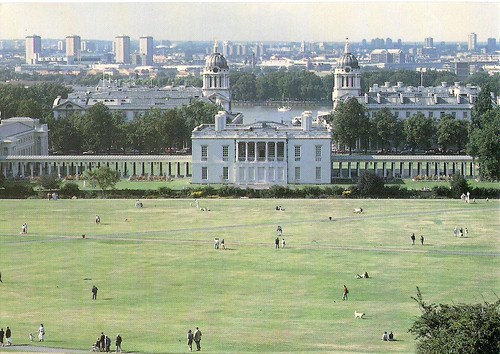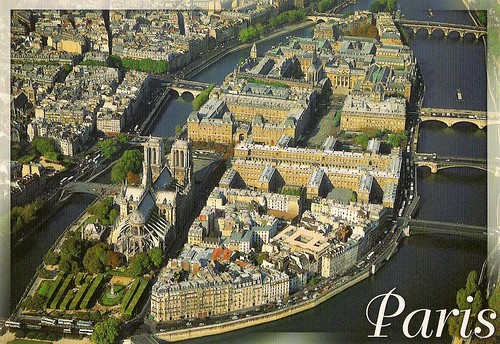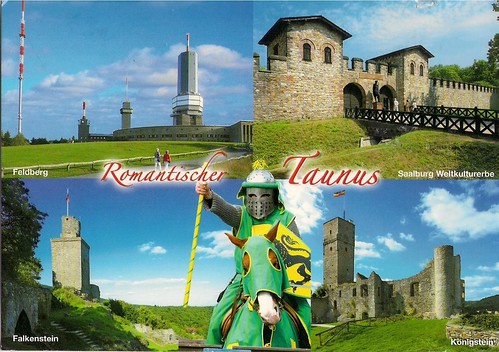Sangiran Early Man Site, Indonesia
Sangiran is an archaeological excavation site at the island of Java in Indonesia. The area comprises about 48 km² and is located in Central Java, about 15 kilometers north of Surakarta in the Solo River valley. In 1996 it was accepted as World Heritage by the UNESCO.
In 1934 the anthropologist Gustav Heinrich Ralph von Koenigswald started to examine the area. During excavations in the next years fossils of some of the first known human ancestors, Pithecanthropus erectus ("Java Man", now reclassified as part of the species Homo erectus), were found here. About 60 more human fossils, among them the enigmatic "Meganthropus", have since been found here. In addition, there are considerable numbers of remains of the animals that these primitive humans hunted, and of others that merely shared the habitat.
